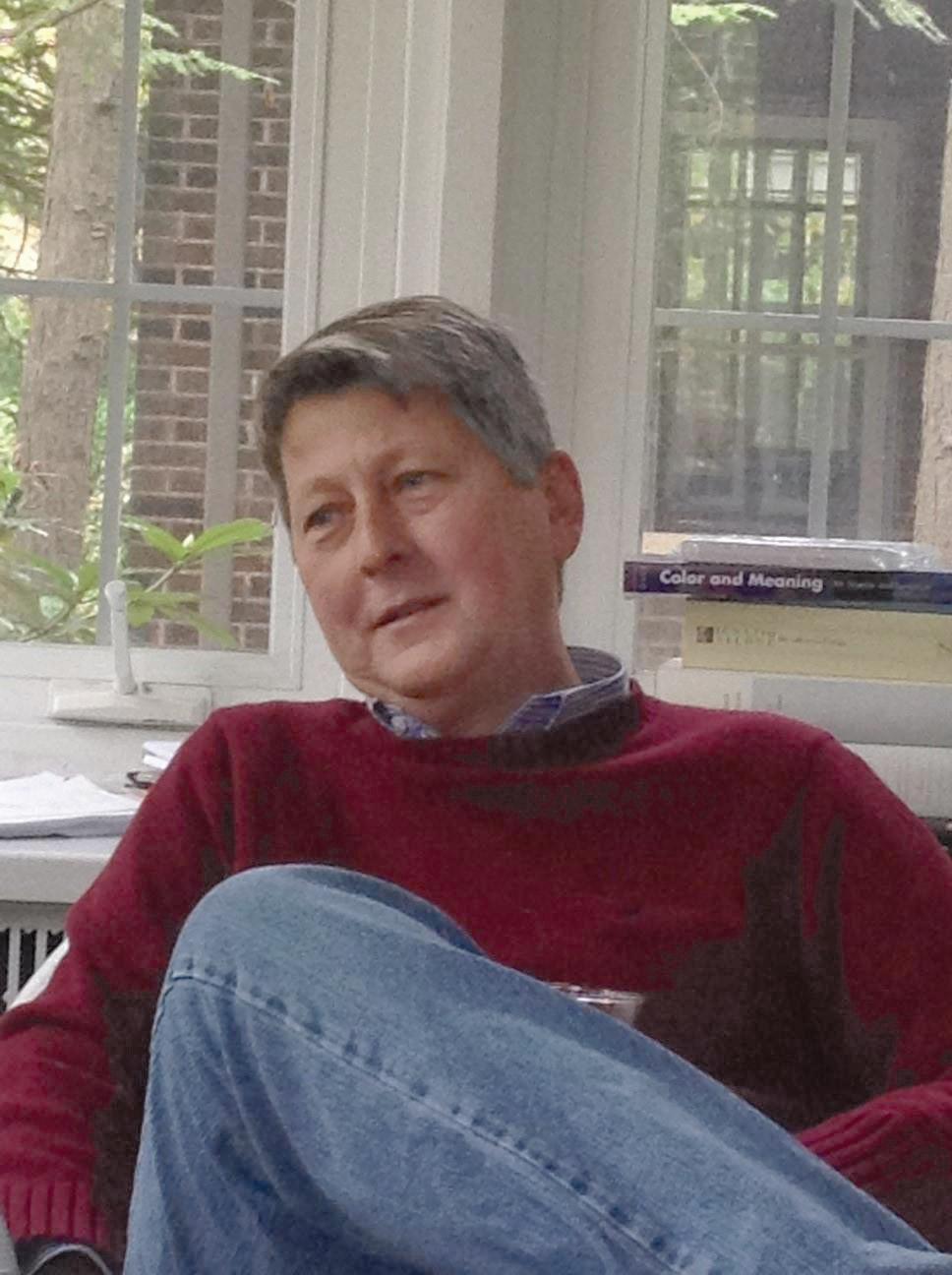
3 minute read
FINISHING THE PITTSBURGH NOVEL
BY REGE BEHE // CPCONTRIBUTORS@PGHCITYPAPER.COM
JAKE ORESICK’S FATHER was dying.
Peter Oresick, a beloved local writer, poet, and teacher, was working on The Pittsburgh Novel , a project to identify novels, plays, and screenplays with Western Pennsylvania locales, when he succumbed to cancer in 2016. He’d spent the last few years of his life trying to finish the gargantuan task.
After his death, Peter’s task seemed to be over. Until Jake stepped in.
“I wasn’t part of the project before he passed away, and I really wasn’t supposed to be,” Jake says. “I supported him doing something that he was fascinated by, but initially, I didn’t feel the same way.”
The completion of the book has, to some degree, secured Peter’s legacy. City Council declared Jan. 31 the date of the book’s initial release as Peter Oresick Day and The Pittsburgh Novel Day in Pittsburgh. The declaration cited the late author for his “extraordinary commitment to our region through the literary arts and his publication of The Pittsburgh Novel, an unprecedented resource which honors all of Western Pennsylvania.”
Jake says picking up where his father left off was a way of grieving for his father. But, at first, he lacked Peter’s passion.
“I would talk to him as I was going through the project,” Jake says of his inner dialogues with his late father. “What do we do here? Why was this on your list? What did you even like about doing this? I didn’t immediately find it as fun as he did.”
An author in his own right — Jake wrote The Schenley Experiment, a nonfiction book about the former Pittsburgh high school — the younger Oresick eventually realized the importance of his father’s work and completed the project.
The Pittsburgh Novel: Western Pennsylvania in Fiction and Drama: 1792-2022 debuted on March 7 at the University of Pittsburgh’s Hillman Library in Oakland. Now available online through Penn State Libraries Open Publishing, a synopsis describes the book as an “annotated bibliography of all known fiction with a significant geographical setting in any of Pennsylvania’s 26 westernmost counties” over the last 230 years.
The Pitt event featured Jake, along with authors whose Pittsburgh-based books are featured in the bibliography, including Stewart O’Nan, Mark Clayton Southers, and Ellen Prentiss Campbell.

It didn’t take long for the younger Oresick to find his stride. Peter had identified approximately 1,500 novels, plays, and screenplays with settings in Western Pennsylvania, from the Allegheny Mountains to the Youghiogheny River. They also cover landmarks like the Buhl Planetarium on the North Side, Renziehausen Park in McKeesport, and the Mountain House Hotel, a resort that operated between 1880-1897 in Cresson, Cambria County.
“It became something that was helping me, in a healthy constructive way, to feel connected to him anew,” Jake says. “We ended up doing something together that we’d never done before, even though he was not here.”
In order to complete the project, Jake went to libraries twice a week to check out as many as 20 books at a time. He’d then pore over the books quickly, trying to determine if they were fit for the project.
Out of the 1,000 books he vetted, around 500 made the cut.
“My father wanted to find everything,” Jake says. “He was on a scavenger hunt. Sometimes, if an author was from Pittsburgh or had written other Pittsburgh novels, and had a new book come out, he’d put it on the list and say, ‘There’s a chance it’s set in Pittsburgh.’”
While The Pittsburgh Novel features work by well-known writers with local connections, such as August Wilson, John Edgar Wideman, Michael Chabon, Nancy Martin, and Kathleen George, it’s not merely a list of famous works. Selfpublished books, obscure screenplays, and forgotten works also are cited.
Get The Book
THE PITTSBURGH NOVEL: WESTERN PENNSYLVANIA IN FICTION AND DRAMA: 1792-2022 openpublishing.psu.edu/pittsburghnovel
“He didn’t exclude and he was very democratic in that way,” Jake says. “He said if it was set in Western Pennsylvania and I find out about it, it’s going in the bibliography.”
“I think it had something to do with him being from a small town,” he adds, referring to Ford City, Pa. in Armstrong County, “and thinking, ‘Is there ever going to be anything about my town, is there ever going to be anything about the landmarks that I know?’ So, it’s not just Three Rivers Stadium and the Cathedral of Learning and Mount Washington. It’s everything, a lot of obscure places. He included all of that.” •
BY REGE BEHE CPCONTRIBUTORS@PGHCITYPAPER.COM





Some
FACTS ABOUT entries in The Pittsburgh Novel:
• Stephen King ( From a Buick 8 , Christine ), John Grisham ( The Associate ), and Jerzy Kosinski ( The Devil Tree) are among the bestselling authors listed.
• Also mentioning Pittsburgh in their works: John Dos Passos ( The 42nd Parallel, The Big Money), Kurt Vonnegut ( Player Piano), Louis L’Amour ( Rivers West)

• Late New Alexandria native Agnes Sligh Turnbull is mostly forgotten now, but her career as a best-selling mystery novelist spanned from the 1930s to 1980, when she published her last novel, The Two Bishops, at the age of 92.
• Another obscure, but once-famous Pittsburgh-based novelist, Gladys Schmitt (1909-1972), has four entries, including one for David the King , a bestseller that sold one million copies in 1946 and was translated into 10 languages.
• It’s no surprise that 11 of the late August Wilson’s works are cited. But Kathleen George, the North Side-based mystery writer, also has 11 books in the bibliography. •









